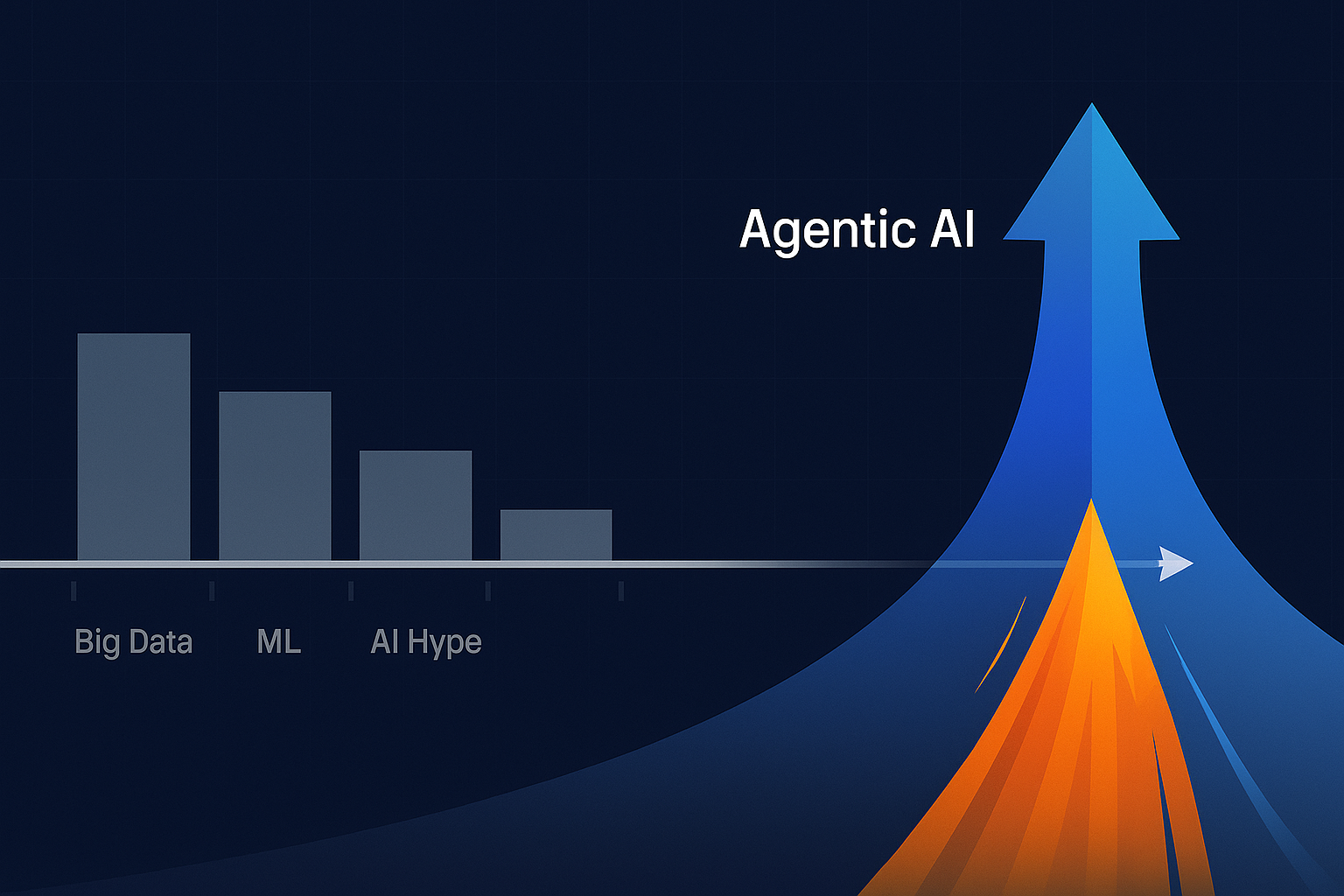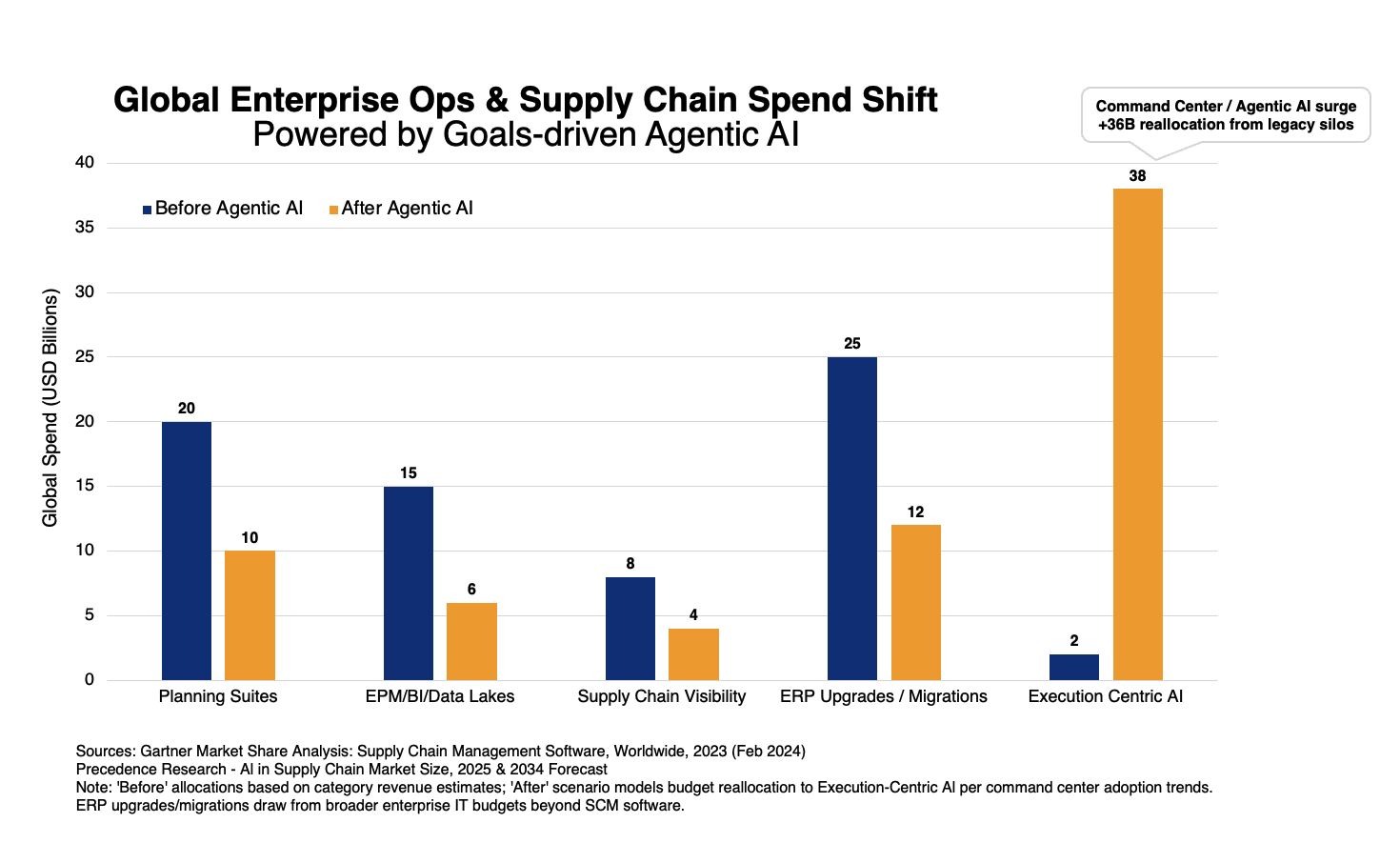The Critical Opportunity in the First and Last Mile of Operational Analytics
Why is it that the first and last mile of any endeavor are often the most expensive? I was recently on a red-eye flight from San Francisco, CA to the OpsVeda office in Greensboro, North Carolina. On this cross-country trip that I take many times a year, the hour-long drive from my house to the airport in San Francisco and the airport in Raleigh to Greensboro are actually the most costly and time intensive legs of the journey per mile.
If you are a manager championing “data-driven decisions,” you probably agree that analytics also has a first mile (data integration) and last mile (data analysis) problem. I hear it from pretty much every prospect I talk to---and they think there’s no way to avoid it. They attribute the disproportionate work in the first and last mile to something unique and unavoidable to their organization – typically the system landscape or process. It’s similar to my trip. The drive to and from the airport costs me more because it’s a personalized form of transportation while the cross-country flight that transports hundreds of passengers along the same route is relatively less expensive per mile. Simply put, it’s an issue of scale.
Companies are unique. Readymade software often cannot address some of the singular problems companies have. The first and last mile are not attractive areas for IT to address with automation, but by no means is it impossible. In fact, getting the first and last mile right is critical to the operations journey in any enterprise. If an enterprise is able to harness data effectively and uncover insights that can help it make faster and better decisions, it can have a significant impact on customer satisfaction and the bottom line.
Over the last few months, I’ve been talking to the operations teams of several companies. Most of them have ERPs, planning systems, shipment tracking systems and data-lakes. Given their larger user bases, it makes sense for IT to implement these systems. Unsurprisingly, most teams get their data from some form of data repository or data-lakes. But the first mile in analytics’ is not as easy as it sounds. Not every system is a tributary to the data-lake and users must create custom, ad-hoc solutions. In this day and age, it’s unbelievable operations teams have to do some wrangling just to get hold of data. When my team tells them about the various systems we can connect to and the adaptors we have, they’re surprised and relieved. For most of our customers, we are bringing data into OpsVeda from systems not connected to their data-lakes or BI.
With the first mile out of the way, I ask them if having the data in one place solves most of their problems. The answer is a resounding “NO.” That’s because the last mile where the analysis happens in Excel is a much bigger problem. It’s tedious, time-consuming and prone to errors. Worse still, operations teams think there is no solution because the problem is unique to them. That’s when I crank up our demo system, make some quick configuration changes and show them the solutions we have for their function. And the reaction is almost always, “This is exactly what we need!”
The people I’ve been talking to work in different functions – sales operations, inventory, shipment, procurement and so on. While the storyboards I show them are different, a similar underlying algorithm powers them. All the seemingly unique solutions that are expensive, personalized car rides – metaphorically speaking - have been brought together and built to scale. How does OpsVeda do it?
The answer lies in operations’ best kept secret. No matter the function, every operations team member does supply-demand matching. Someone in sales operations views the supply-demand alignment from a fulfillment perspective, while the logistics manager will use the same data to prioritize loads at the yard, and the procurement manager pores over the misalignments to decide which POs need to be canceled or expedited. The transactions involved in the match may vary, the granularity of views may be different, but the algorithm is the same!
At OpsVeda, we have made supply-demand matching incredibly flexible and continuous. The system can be configured to include/exclude demand elements like orders, contract callouts or forecasts and the prioritization with which they will be serviced. On the other end, supply and inventory elements relevant to the function/role can be selected and prioritized. The flexibility extends to the views, too. The supply-demand alignment and an array of other ‘things’ (prioritization, customer specific requirements, penalty and SLA considerations, allocation, etc.) can be personalized according to the end-users’ needs. With some quick and simple configurations, OpsVeda can turn the generic supply-demand match from the mass plane ride to the very personalized car ride.
The benefit of flexible, intelligent demand-supply matching doesn’t end with making the last mile of operations analytics easier. Another benefit is the speed of deployment. The flexibility that allows me to customize my demos to prospects on the fly also enables quick deployments. Our customers go live in under 30 days! More importantly, it also allows for quick changes. In this post-pandemic era of uncertainty in which processes are frequently amended to adapt to the external environment, that speed is a key advantage.
Want to know more about supporting your teams struggling with their unique last miles? Give us a shout. As a bonus, we might end up fixing your first mile too!







